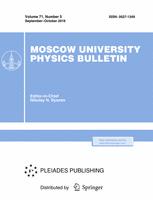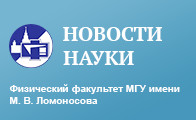Solar cells are very fragile, and exposure to extreme weather conditions may cause micro-cracks, leading to a degradation in their performance. Therefore, a perovskite material combined with a self-healing polymer can form a composite with a dual continuous interwoven network. This composite undergoes healing through synergistic grain growth and solid diffusion processes at moderately elevated temperatures of 333 K. The ions can migrate to fill gaps or fissures, and their ionic mobility allows for the reorganization of the crystal structure, potentially restoring electrical connectivity. Various experimental techniques have been optimized in order to achieve better efficiency of the PSCs in atmospheric condition by varying the concentrations of the self-healing polymer incorporated into the perovskite material to find the suitable one. The I-V measurements show a reduction of loss in efficiency from 40% to only 4% of the damaged solar cell. This approach can provide potential protection against efficiency loss due to micro-fissures while also benefiting from the optoelectrical properties of the perovskite material.
72.15.-v Electronic conduction in metals and alloys
$^1$Санкт-Петербургский государственный университет телекоммуникаций им. проф. М.А. Бонч-Бруевича



